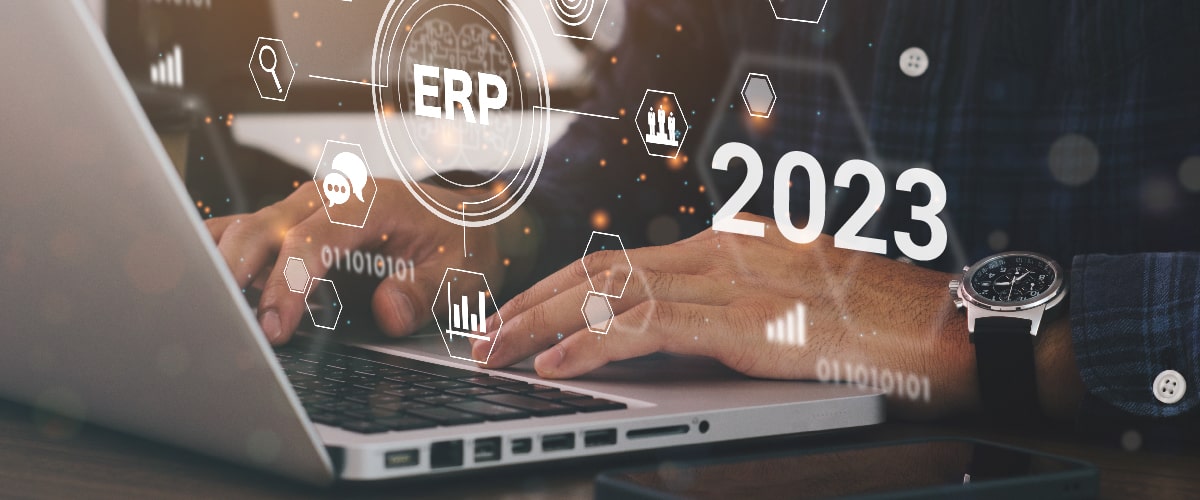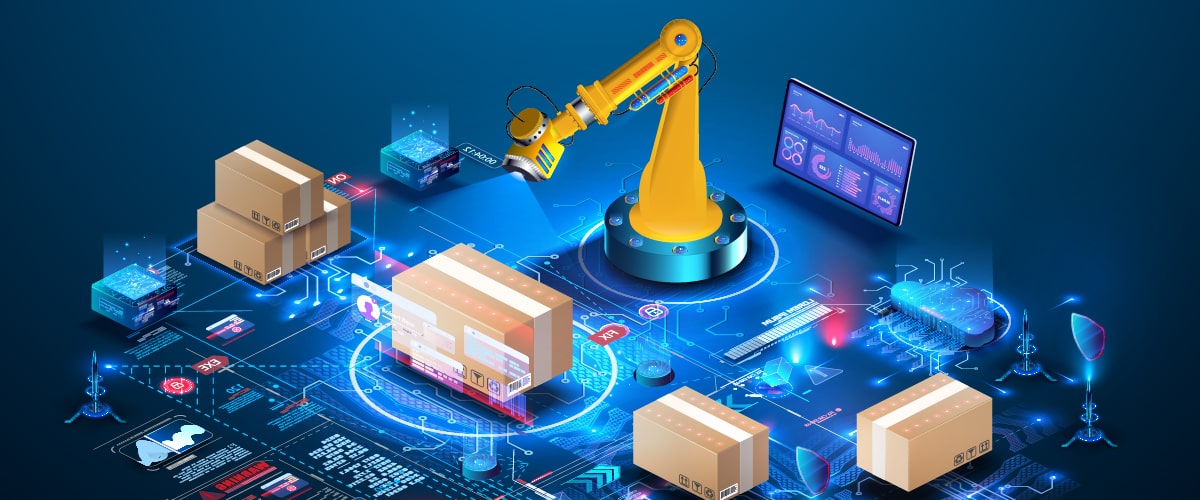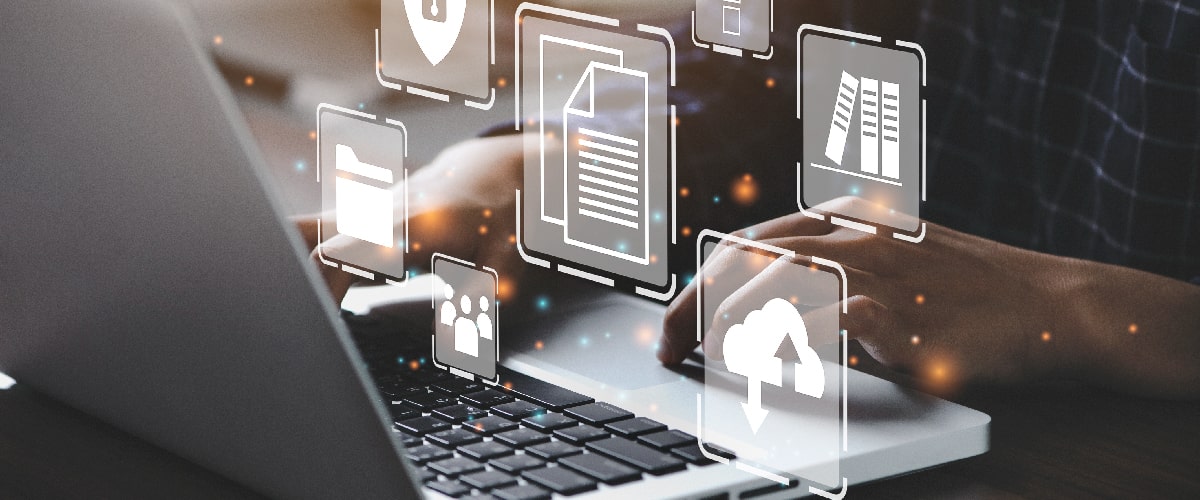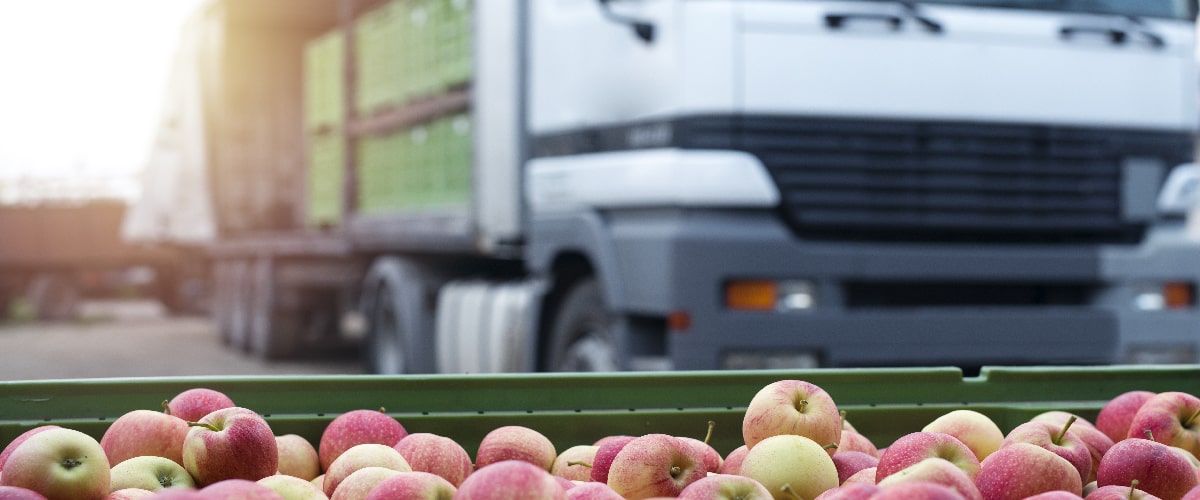 Web Content Viewer
Web Content Viewer
Software/Technology
Retailers Utilize ERP and Cloud Technology to Create Sustainability
The chief sustainability officer of The Home Depot, Ron Jarvis, said that there are no environmentally friendly companies, and everything we do has an environmental impact with risks across the board, whether by carbon emissions, chemical exposure, or deforestation.
2023 ERP Predictions and Technology Trends
As 2022 unfolded, we experienced ongoing supply chain challenges, the continued shift from remote to hybrid work for many businesses, persistent cybersecurity attacks, labor, and inventory shortages, and more. The year saw even more companies shore up security defenses and move their enterprise data to the cloud. As we look ahead to 2023, what can business leaders expect? The following are a few predictions for companies across all industries and offer insights into the future ERP marketplace.
Leverage Technology to Build a Data-Driven Supply Chain
With current supply chain disruptions occurring including shortages across all sectors, proper data tracking utilizing technologies - such as predictive analytics with embedded AI - can help improve a company’s supply chain management. These technologies provide insight into critical areas of operation. As the supply chain increasingly becomes more data-driven to monitor inventory, customer demand, employee productivity, and delivery efficiencies, companies can leverage technology to better steer corporate planning and growth. Although the sheer amount of data produced by a supply chain can seem overwhelming, advanced technologies can offer real-time insights that empower faster decision-making and dramatically improve the bottom-line.
ERP Insights for the 2022 Retailer
According to the Insider Intelligence Retail Forecast for 2022, global retail sales are predicted to grow 5% in 2022 to exceed $27.33 trillion. With the rebound of brick-and-mortars, ecommerce spending growth is expected to slow, however it will still account for more than 20% of total global retail. The recovery of in-store retail this past year speaks to its resiliency and indicates that ecommerce’s rise to dominance will take longer than anticipated.
Bridging the Labor Gap with Cloud Technology
In a recent article in Forbes, I wrote about how the current labor shortage of 4.6 million workers—the greatest since the World War II era—is plaguing industries from IT services and security, to manufacturing and retail, as well as transportation and the flow of goods in many areas. By having to take on too many responsibilities to fill labor gaps, workers become less efficient, and therefore less productive, which from an IT perspective can leave the organization vulnerable to cyberattacks.
Supply Chain Challenges and Solutions for Food Logistics Suppliers and Distributors
From avocados and cream cheese to milk, pasta, and canned goods, demand for certain food goods continue to skyrocket, due in part to labor shortages resulting from the pandemic, along with rising energy costs, shipping constraints, and natural disasters. The New York Times reported that a crucial portion of the world’s wheat, corn, and barley is trapped in Russia and Ukraine because of the war, along with a sizable portion of the world’s fertilizers currently held in Russia and Belarus.
By using this site you agree to our Privacy Policy and our Terms of Use.
Navigation
What We Offer
120 Comac Street
Ronkonkoma, NY 11779
Ronkonkoma, NY 11779
VAI - Vormittag Associates, Inc. ©2024 |
Privacy Policy |
Terms Of Use





